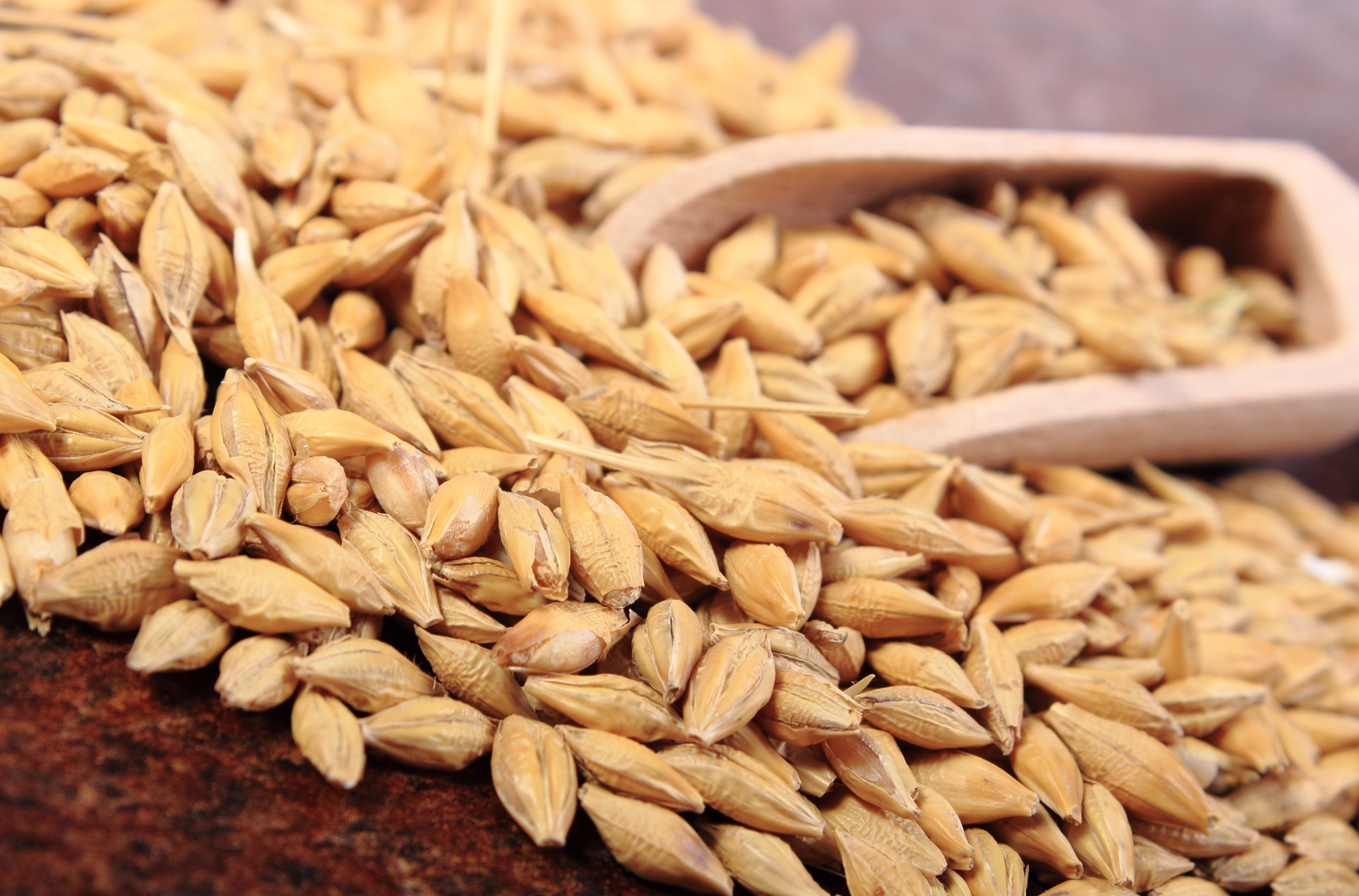Scientist decode barley disease fungus

Ramularia leaf spot, caused by the pathogenic fungus Ramularia collo-cygni is an emerging disease in barley. The genome of this fungus has now been decoded, which can help in fighting the disease in the future.
The scientists performed the work at Scotland’s Rural College (SRUC), the University of Edinburgh’s Institute of Evolutionary Biology and Edinburgh Genomics facility, and Rothamsted Research, which receives strategic funding from BBSRC. The study is in the journal BMC Genomics.
The new study has identified a large number of genes involved in secreting potentially toxic chemicals and proteins. The recent emergence of the disease as a major problem for barley-growers may be due to recent genetic changes to the fungus or to barley plants, or may result from other changes to farming practice.
Professor Kim Hammond-Kosack, a senior scientist at Rothamsted Research and one of the study’s authors, said: “It is probable that this fungus produces a complex arsenal of toxins to help it to colonise barley plants. By studying the expression of genes at different stages of the life of the fungus and in various environmental scenarios, we may be able to discover toxins that we don’t yet know about, and find out more about the mechanisms that regulate the formation of disease symptoms.”
UK farmers produce about 7.3 million tonnes of barley each year, worth around £1 billion. Roughly a quarter of the barley is used to produce beers, whiskeys and other drinks, and the remainder is predominantly used as animal feed.
[Source: Rothemsted Research]
Join 26,000+ subscribers
Subscribe to our newsletter to stay updated about all the need-to-know content in the feed sector, three times a week. Beheer
Beheer









 WP Admin
WP Admin  Bewerk bericht
Bewerk bericht